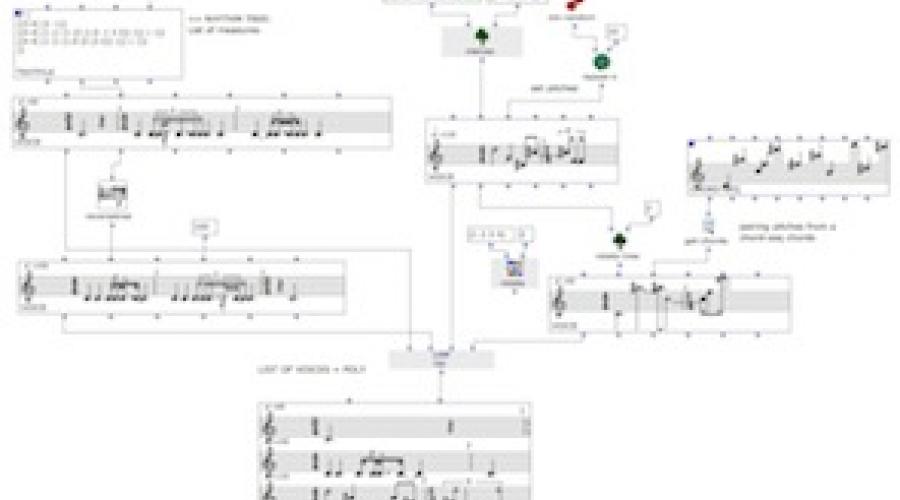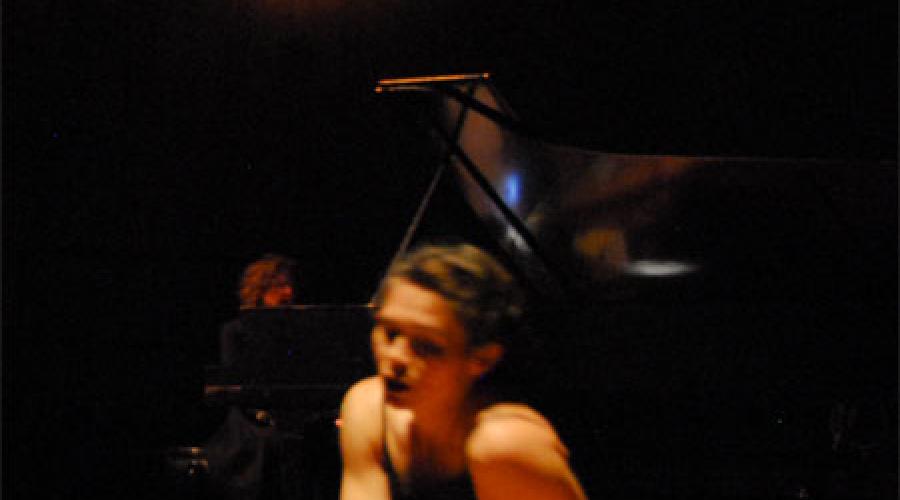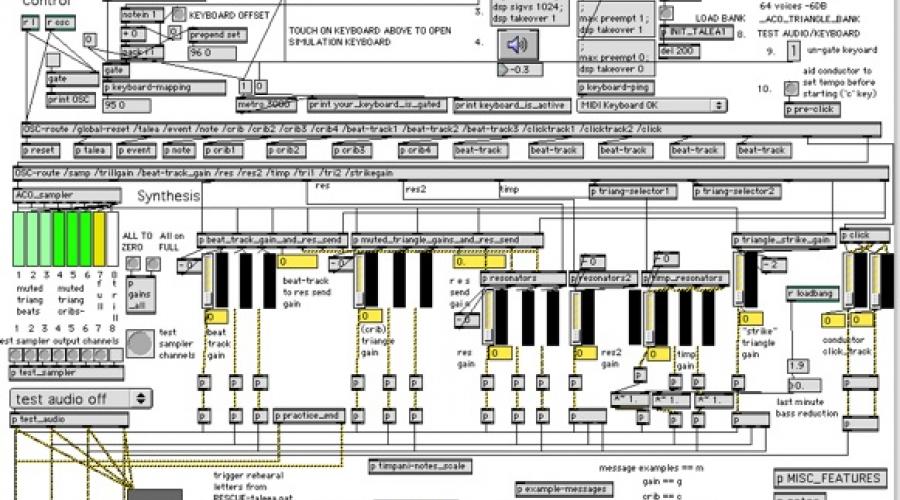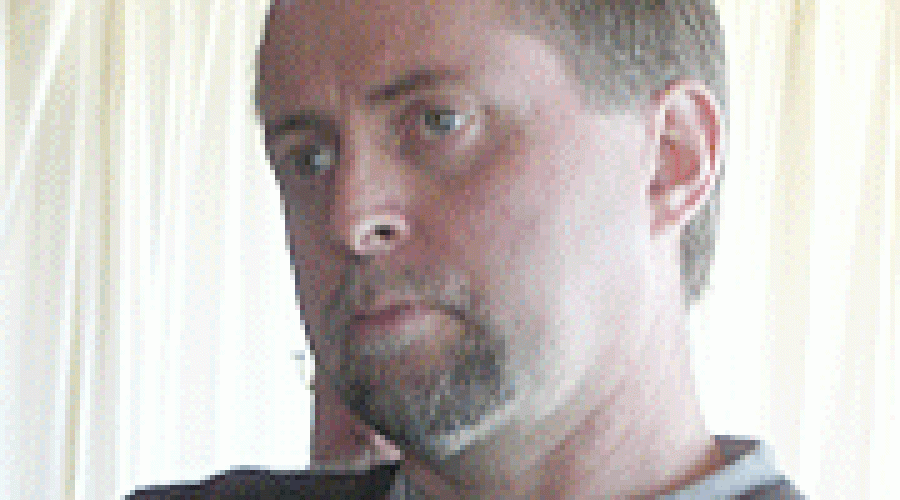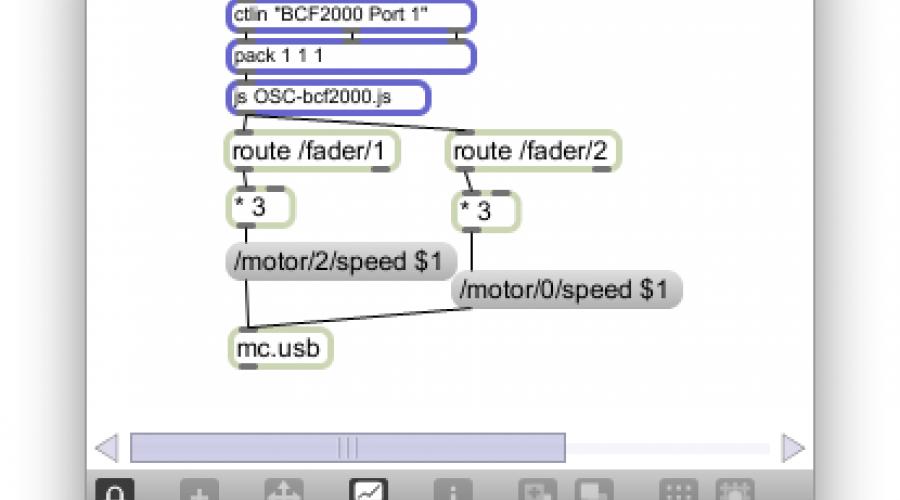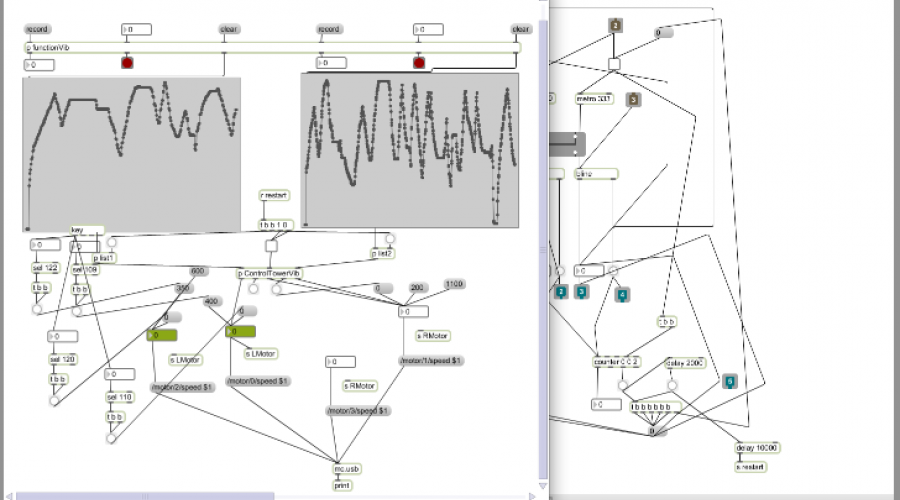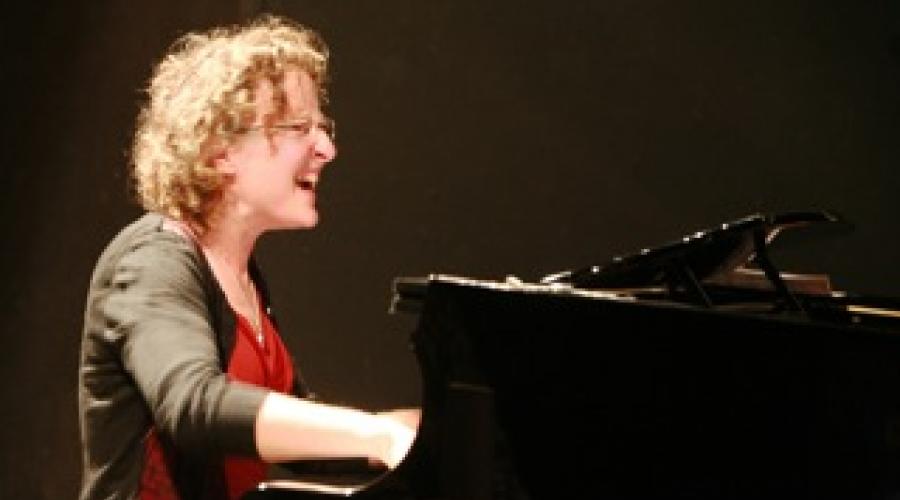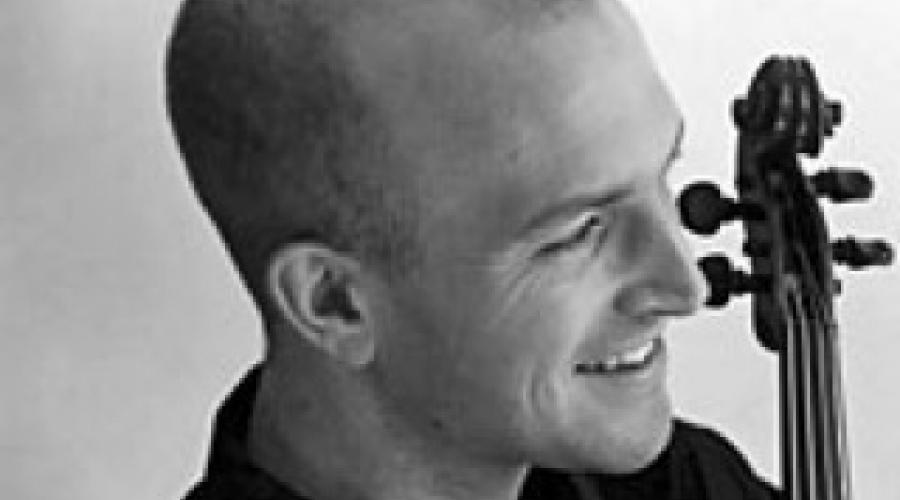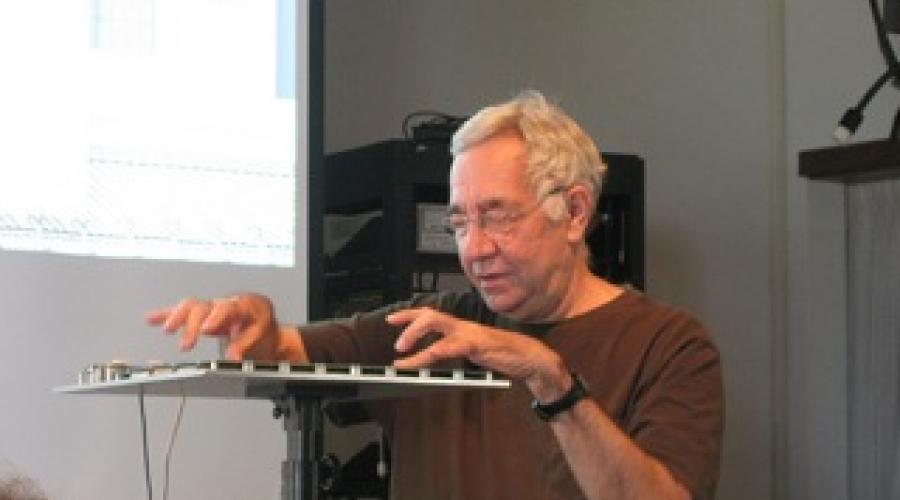
Archive
CNMAT Flashback
A look back at some items in our archives.
Open Music / Computer Aided Composition Discussion with Jean Bresson
Artist Kurt Hentschlager discusses his work
Archive Browser
Another Cascando (...that's what counts...face in the mud...)
This is a unusual piece for piano and electronics, written for Sebastian Berweck. The electronics are based of recordings of shovelling mud and the piano part involves a variety of transcriptions. Here's the original program note:
“Distance, no matter how close the object may be.” – Walter Benjamin
Night Edge I
Night Edge I
for singer, dancer, flute and prepared piano
written by Evelyn Ficarra with collaborating improvisers Heather Frasch (flute), Aurora Josephson (voice), Myra Melford (piano) and dancer Paige Sorvillo. Commissioned by Shie Shoji for her group Shonorities.
This piece takes its starting point from a poem in the Tanka form (31 syllables) by medieval Japanese poet, Izumi Shikibu.
Astronomia
ASTRONOMIA, (1995) (duration 10') for marimba and quadraphonic tape is the third from a set of four pieces entitled Quadrivium. The four pieces in Quadrivium are designed to be played either individually or together as a complete uninterrupted cycle. All the pieces are focused in one way or another on sound spatialization.
Practice
Practice
For full orchestra and computer
In association with the Center for New Music and Audio Technologies (CNMAT), UC Berkeley
Selected Performance History:
American Composers Orchestra, Carnegie Hall, March 17, 2006 (premiere)
American Composers Orchestra, Annenberg Center, Philadelphia, March 18
Berkeley Symphony with Kent Nagano, June, 2006 (Full Orchestral Version)
Constellation
Ronald Bruce Smith’s “Constellation for orchestra and live electronics,” produced in collaboration between Berkeley Symphony and UC Berkeley’s Center for Music and Audio Technologies (CNMAT).
The World Premiere was given by the Berkeley Symphony Orchestra under the baton of Maestro Kent Nagano on November 10, 2000; it was revised in 2003.
whatWALL?
whatWALL? (2003)
For alto saxophone and quadraphonic tape
Written for and dedicated to Brian Sacawa.
Mathematica
Mathematica, for solo flute(s) and quadriphonic tape is the first from a set of four pieces entitled Quadrivium. The four pieces in Quadrivium are designed to be played either individually or together as a complete uninterrupted cycle. All the pieces are committed in one way or another to exploring the spatialization of sound.
Tentations
Tentations—its title derived from the mechanical engineering term meaning “a method of making mechanical adjustment by a succession of trials”—came to fruition through exactly such experimental means. The composition, indeed is a posteriori, a musical hindsight born from intense collaboration between cellist and composer.
Natural Selection (Nat-Sel)
NATURAL SELECTION (NAT-SEL) a real-time performance environment for computer and midi-equipped acoustic piano, 1996-present.
Post-Industrial Organisms
Post-Industrial Organisms is an installation that reconstructs sonic landscapes with sound sculptures created from industrial waste. These organisms are constructed with motorized brushes rubbing against metallic bodies. The minute sound of the friction scrapping against each other is amplified through the carefully bending of their bodily shape.
Michael Dessen, Myra Melford, Nils Bultmann, David Wessel
Improvised music concert, April 23, 2008
Nils Improvisations
sImportant: Do not upload any TV shows, music videos, music concerts, or commercials without permission unless they consist entirely of content you created yourself.
The Copyright Tips page and the Community Guidelines can help you determine whether your video infringes someone else's copyright.
Nils Improvisations
sImportant: Do not upload any TV shows, music videos, music concerts, or commercials without permission unless they consist entirely of content you created yourself.
The Copyright Tips page and the Community Guidelines can help you determine whether your video infringes someone else's copyright.
Nils Improvisations
sImportant: Do not upload any TV shows, music videos, music concerts, or commercials without permission unless they consist entirely of content you created yourself.
The Copyright Tips page and the Community Guidelines can help you determine whether your video infringes someone else's copyright.
Nils Improvisations
sImportant: Do not upload any TV shows, music videos, music concerts, or commercials without permission unless they consist entirely of content you created yourself.
The Copyright Tips page and the Community Guidelines can help you determine whether your video infringes someone else's copyright.
Nils Improvisations
sImportant: Do not upload any TV shows, music videos, music concerts, or commercials without permission unless they consist entirely of content you created yourself.
The Copyright Tips page and the Community Guidelines can help you determine whether your video infringes someone else's copyright.
Nils Improvisations
sImportant: Do not upload any TV shows, music videos, music concerts, or commercials without permission unless they consist entirely of content you created yourself.
The Copyright Tips page and the Community Guidelines can help you determine whether your video infringes someone else's copyright.
Nils Electroacoustic/interactive work
Nils Bultmann performing "Ping Pong" for Viola, Ping Pong ball, and 8-channel speaker
L'Autre (The Other)
L’Autre (The Other)
Perpetual Motion
------PERPETUAL MOTION------
Nils Bultmann- Entry point to 'foreign' improvised musical interactions, some tools for "without a net" playing
1. A sustained note, emotional antena
*2. Steady stream of 16th notes with some pivot pitch material, paint in rhythm and accent primarily (bow perpetual motion)
Examples of this--
In techno/DJ situations :

